According to foreign media reporters, the ultra-high resolution of the small school Pimax 8K and its 200° field of view make other helmets more like the previous generation.
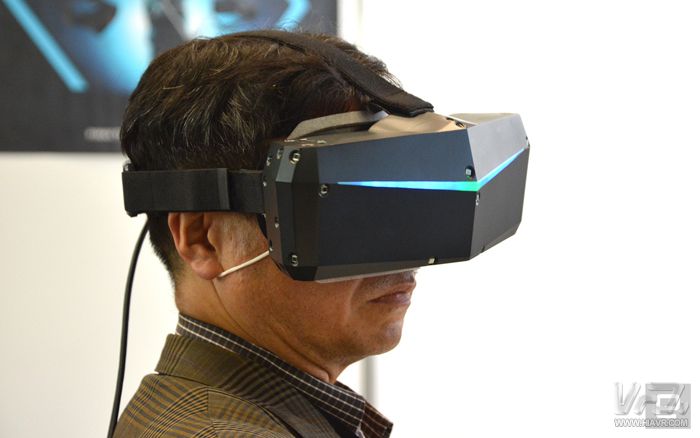
I often go to participate in some VR experience activities, but I have been waiting for VR head display manufacturers to increase the pixel density, to reduce the "window effect", while increasing the viewing angle, to get more immersive VR experience. There is no doubt that giants like HTC and Oculus are already working hard in this direction, but to my surprise, a Chinese startup called Pimax takes the lead. During CEATEC, I stumbled across the Pimax 8K heads, which not only provided an incredible 7680*2160 resolution, but also included a laser tracking system like the HTC Vive Base Station, and an impressive 200-degree viewing angle. This parameter is almost twice that of the existing products.
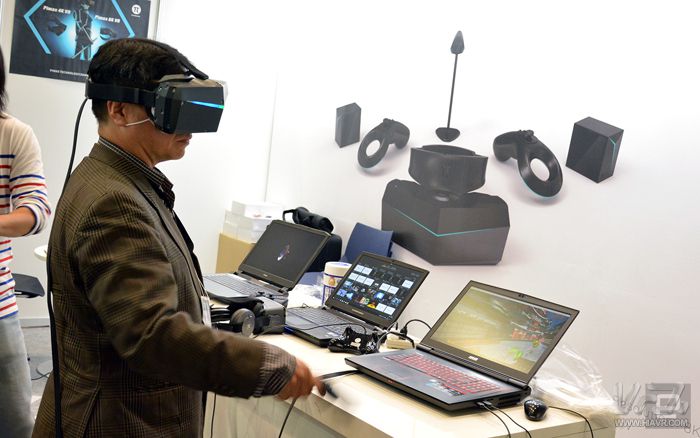
First of all, yes, the resolution of 7680*2160 is not what you think of 8K (standard 8K refers to 7680*4320, the number of pixels is doubled). Someone has accused the company of using product names to mislead users. Pimax claims that the 8K here is to emphasize a higher level of resolution. To be fair, this is the number one in the industry. A more accurate description is that in the head display, each eye has a resolution of 4K (3840*2160) and a refresh rate of 90Hz. If you ask me, this is impressive in the current industry. Maybe the name "Pimax 4K Duo" will be less controversial?
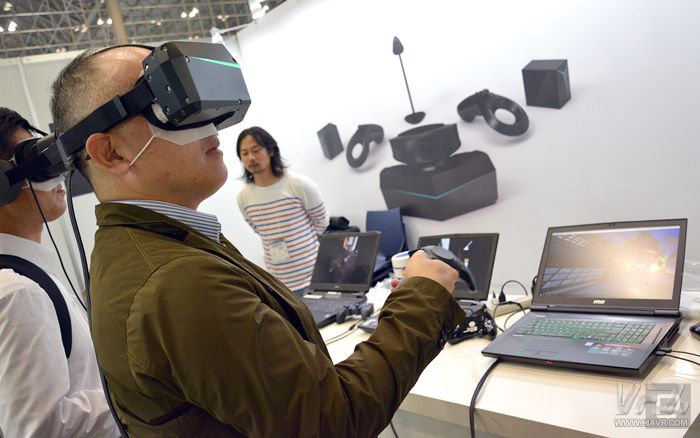
Speaking of the display panel, unlike the Playstation VR, HTC Vive, and Oculus Rift, which use OLED screens, the Pimax 8K uses a CLPL screen (full name “Custom Low Latency LCDâ€). Pimax claims that using CLPL screens can achieve "completely eliminated smears and improved brightness," which is probably compared to traditional LCD screens. CLPL and OLED seem to have only a small difference in contrast and color temperature, but the former can achieve higher pixel density at the same cost. It is not yet clear which pixel arrangement the CLPL technology uses.
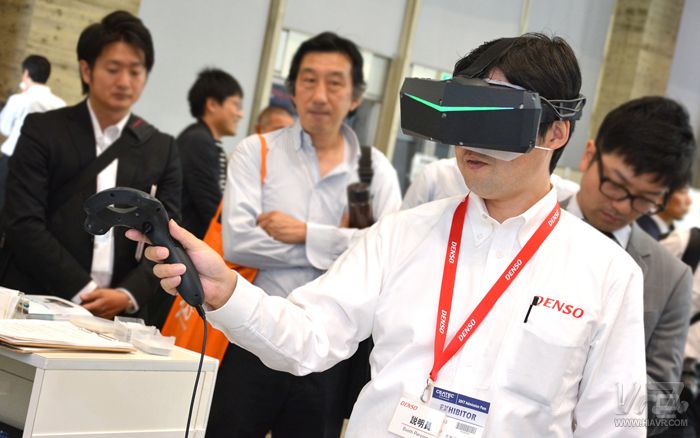
As I lined up, I noticed that Pimax's experience area used MSI MSI laptops with Nvidia GTX 1080 graphics cards. I think, is it OK to support 8K output? Later I found that the Pimax 8K is actually designed for 4K input, and even lower (the prototype shown on site used the HDMI interface, but the final version may use the DisplayPort interface), Then internally raise the signal to "8K". This means that even if your computer has only one Nvidia GTX 980 or GTX 1080 GPU, you can fully enjoy headless display without a grid.
Indeed, it is no exaggeration to say that the short Fruit Ninja experience via Pimax 8K is indeed the most immersive experience I have ever experienced. When I put on my head, I was shocked by the sight of no black border. This is the first time I have never seen it before, and I finally feel that I have entered the VR head display! Compared to StarVR with a similar 210° field of view, this head is comfortable to wear and does not feel heavy. Although its appearance looks very heavy. Pimax said that this head is actually lighter than the HTC Vive, but there is no definitive weight data.
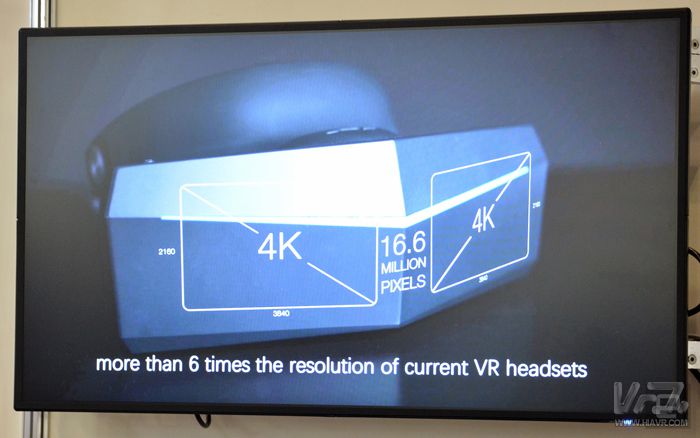
As I expected, due to this crazy ultra-high resolution, I couldn't see any sub-pixels, and I didn't feel any smearing. Interestingly, I found out after the end of the experience that the actual screen output of this laptop is only 2560*1440, but the screen I see in the head display is obviously better than any other VR heads I have used. To this point, this VR device basically satisfied all my imagination of the VR system. Head tracking and HTC Vive-like controllers are also performing well, although I still need more time to evaluate their reliability.
For those who first thought that Pimax 8K was just using the "8K" gimmick, there were also higher-end Pimax 8K Xs to respond to them. This particular model is designed for hardcore gamers who will use at least one Nvidia GTX 1080Ti (still in beta but may need to use SLI configuration), or the next generation Nvidia Volta, and the head Two Display Port interfaces may be used, and each interface is used to drive a 4K display panel. At this point the image quality will be significantly better than the Pimax 8K, but considering the hardware level required for this "8K" output, the Pimax 8K is sufficient for most of us.
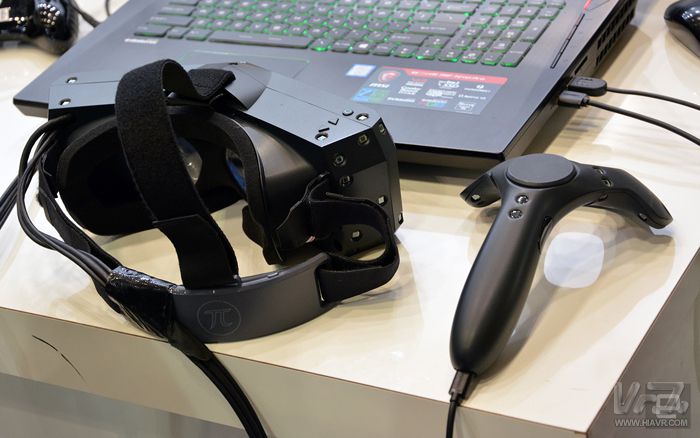
In fact, there is a more practical Pimax 5K that uses the same design as the Pimax 8K, with a screen of two 2560*1440 CLPL panels. Even this resolution is much higher than the current Playstation VR, HTC Vive, and Oculus Rift. There is no doubt that this 5K headline will appeal to those who want to experience high-end VR without much budget. At the time of this writing, this heads up is still crowdfunded on the Kickstarter page. If you already have a Vive base station and controller, you only need to spend $349 and expect to ship in January 2018. Of course, if you want dual base stations and dual controllers, you still need to pay an additional 300 US dollars, until February next year to ship.
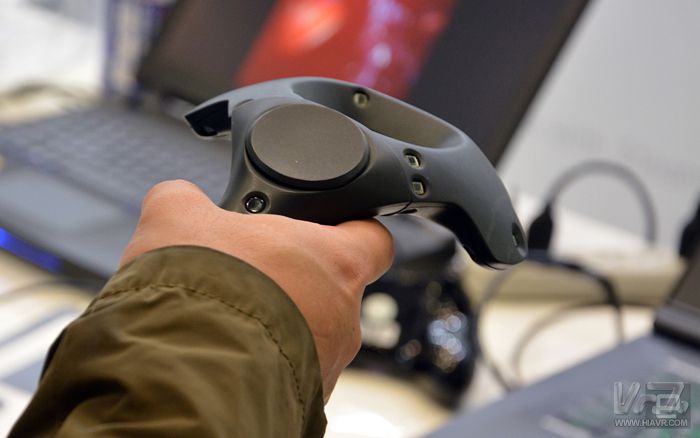
The Pimax 8K starts at $499 and will begin shipping in January next year. Like the Pimax 5K, if you want dual controllers and base stations, you also need to pay $ 300, this package will start shipping in February next year. As for the higher-end Pimax 8K X, the price will be 649 US dollars, is still not scheduled, supporters who want to get this device have to wait until next May.
The company also said that expansion modules are still under development and these will provide additional features such as inside-out tracking, eye tracking, wireless transmission, olfactory experience and more. This can be said to be an ambitious step for this startup company, but for us, it is very satisfying to see these heads enter the market.
This article is original by VR net, please indicate VR net and chain back.
SVLEC industrial heavy duty connectors provide reliable and pluggable power, signal and data transmission to meet the highest requirements. In addition to the rectangular heavy-duty standard design, SVLEC also provides modular, compact and lightweight connectors, providing a wide range of solutions for the connection of machinery, transportation, energy, automobiles and equipment. The new generation of SVLEC products brings intelligence into the connector field.
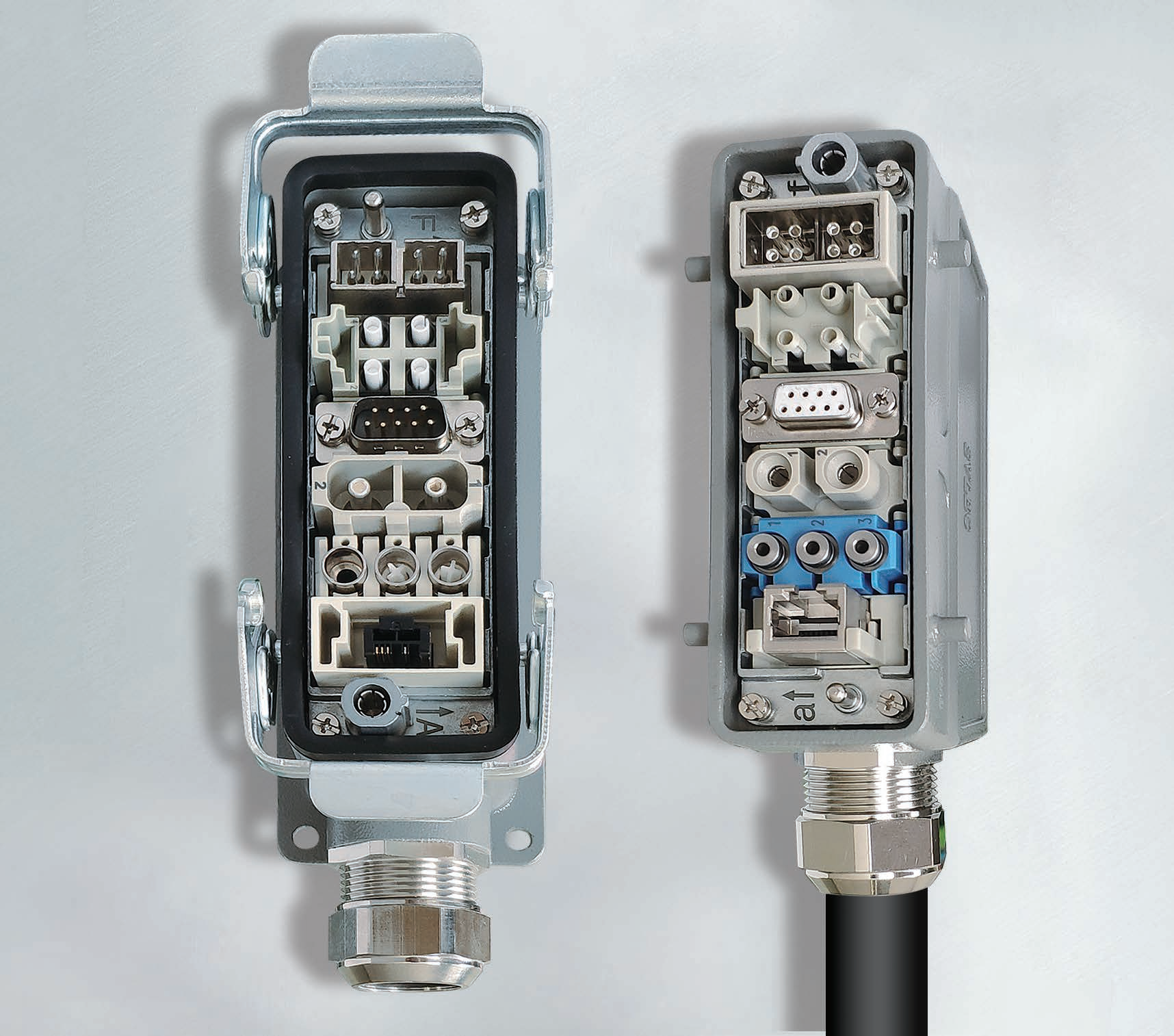
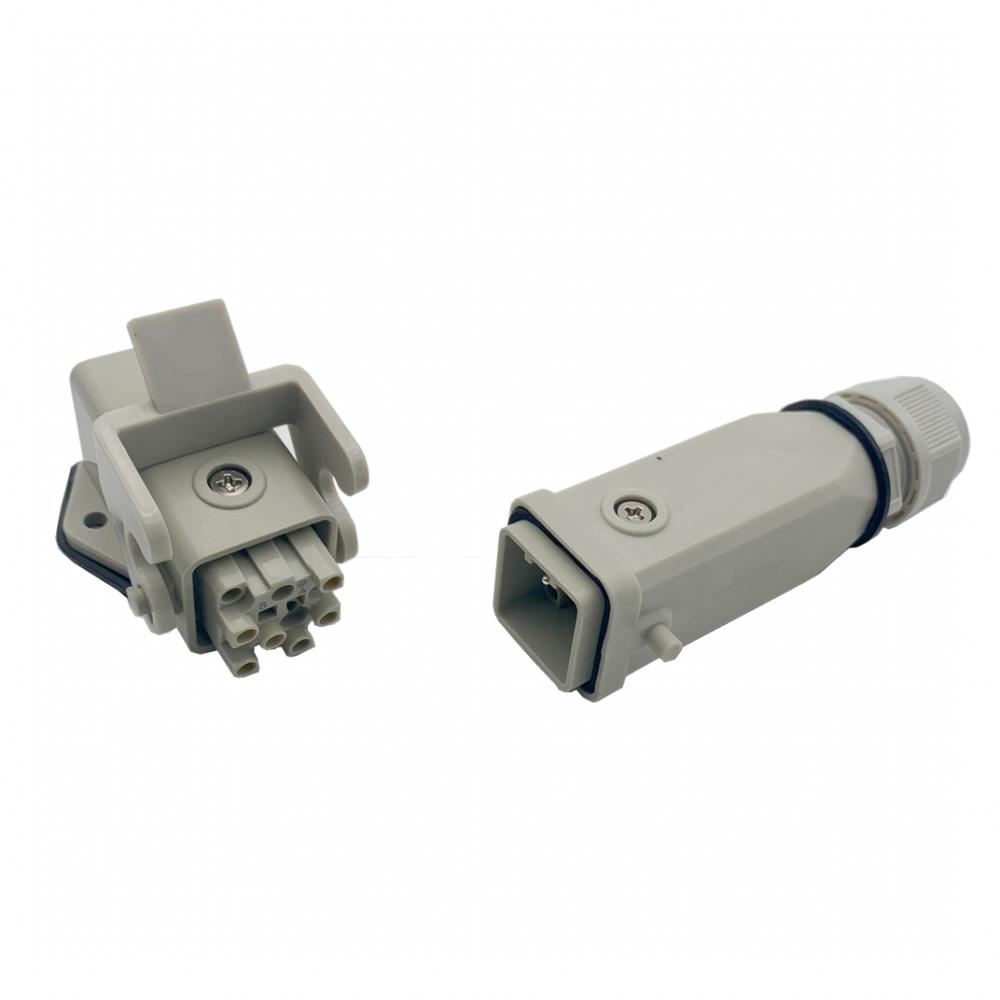
Heavy Duty Connector,Battery Magnet Connector,Heavy Duty Module Electrica,High Voltage Electrical Connectors
Kunshan SVL Electric Co.,Ltd , https://www.svlelectric.com